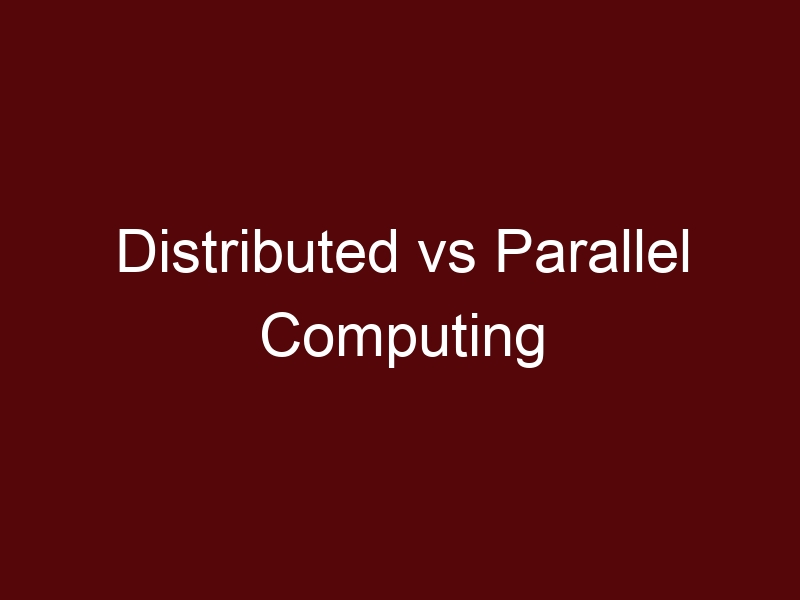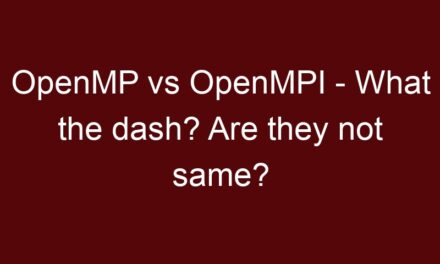Distributed computing and parallel computing are related concepts in the field of computer science, but they refer to different ways of utilizing multiple computing resources to solve problems. Here’s a breakdown of their differences:
Basic Definition:
- Distributed Computing: Distributed computing involves using multiple computers or processing units to work on a single problem. The computers are connected by a network and collaborate to achieve a common goal.
- Parallel Computing: Parallel computing involves breaking down a problem into smaller subproblems that can be solved simultaneously. Multiple processors or cores work together to solve these subproblems concurrently, with the aim of speeding up the overall computation.
Focus:
- Distributed Computing: The focus in distributed computing is on sharing the workload among different machines, which might be geographically dispersed. The goal is often to achieve fault tolerance, scalability, and resource sharing.
- Parallel Computing: Parallel computing emphasizes the division of a single task into smaller tasks that can be executed in parallel to achieve faster results. The focus is on optimizing the execution time of a single computation.
Communication:
- Distributed Computing: Communication between nodes is a significant aspect of distributed computing. Nodes need to exchange data, messages, or results over a network.
- Parallel Computing: While communication might still occur in parallel computing, the emphasis is on minimizing communication and maximizing computation efficiency.
Resource Management:
- Distributed Computing: Distributed systems often have heterogeneous resources and require robust resource management and coordination mechanisms.
- Parallel Computing: Parallel systems usually involve homogeneous resources, such as multiple cores within a single machine, and require less complex resource management.
Applications:
- Distributed Computing: Distributed computing is used in scenarios like distributed databases, web services, and content delivery networks.
- Parallel Computing: Parallel computing is applied to tasks that can be broken down into independent parts, such as scientific simulations, data processing, and image rendering.
Example:
- Distributed Computing: A computation-intensive task is divided among several servers located in different data centers. Each server processes a portion of the task and communicates its results to the central coordinator.
- Parallel Computing: An image rendering software splits a large image into smaller tiles, and multiple cores in a single machine render these tiles simultaneously to speed up the rendering process.
In summary, distributed computing focuses on leveraging multiple computers to achieve a common goal, often involving geographical distribution, fault tolerance, and resource sharing. Parallel computing, on the other hand, centers around breaking down tasks into smaller parts that can be processed simultaneously on multiple processors or cores, with the primary goal of improving computational efficiency.



